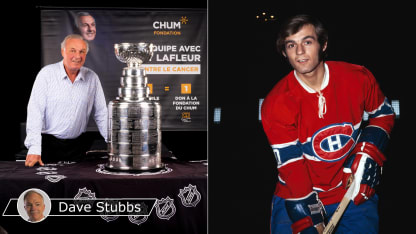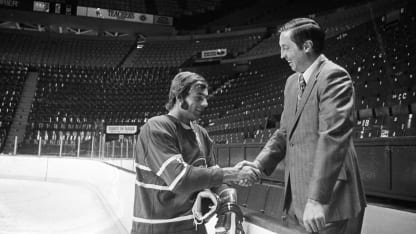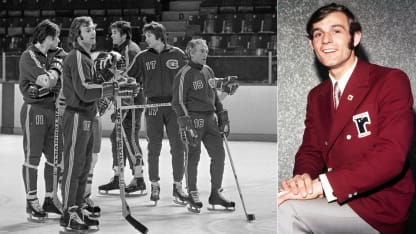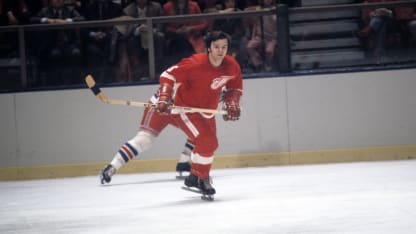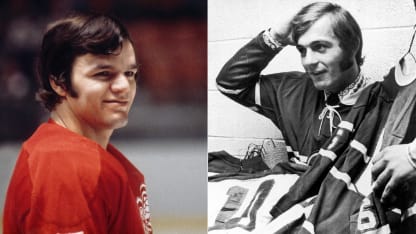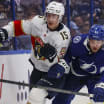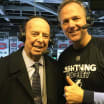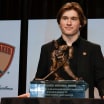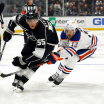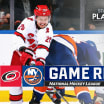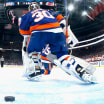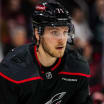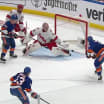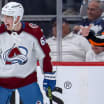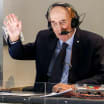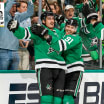Marcel Dionne (left) and Guy Lafleur, a tossup in the eyes of many for who would be the first selection in the 1971 NHL Amateur Draft.
But then Lafleur went on a tear as one of the most thrilling and creative offensive threats of his generation, quickly becoming one of the most beloved players in Montreal history. He scored at least 50 goals in six straight seasons between 1974-75 and 1979-80, winning the Stanley Cup four consecutive times from 1976-79 after having won it in 1973.
Dionne enjoyed a tremendous career, even if he never won a Stanley Cup title. He, too, had six seasons scoring at least 50 goals, all with the Kings. With Detroit, Los Angeles and finally the New York Rangers, Dionne scored 1,771 points (731 goals, 1,040 assists) in 1,348 NHL games.
Lafleur scored 1,353 points (560 goals, 793 assists) in 1,126 NHL games for the Canadiens, Rangers and Quebec Nordiques.
Each a multiple individual award winner, Dionne was elected to the Hall of Fame in 1992, four years after Lafleur. Each was named among the NHL's 100 Greatest Players in the League's 2017 Centennial year.
In 1971, each promised to be a great catch for whichever team came calling in the draft. As it turned out, No. 1 Lafleur and No. 2 Dionne -- or No. 1 and No. 1A -- delivered on that promise, and then some.
Photos: HHoF Images/Getty Images/Dave Stubbs
